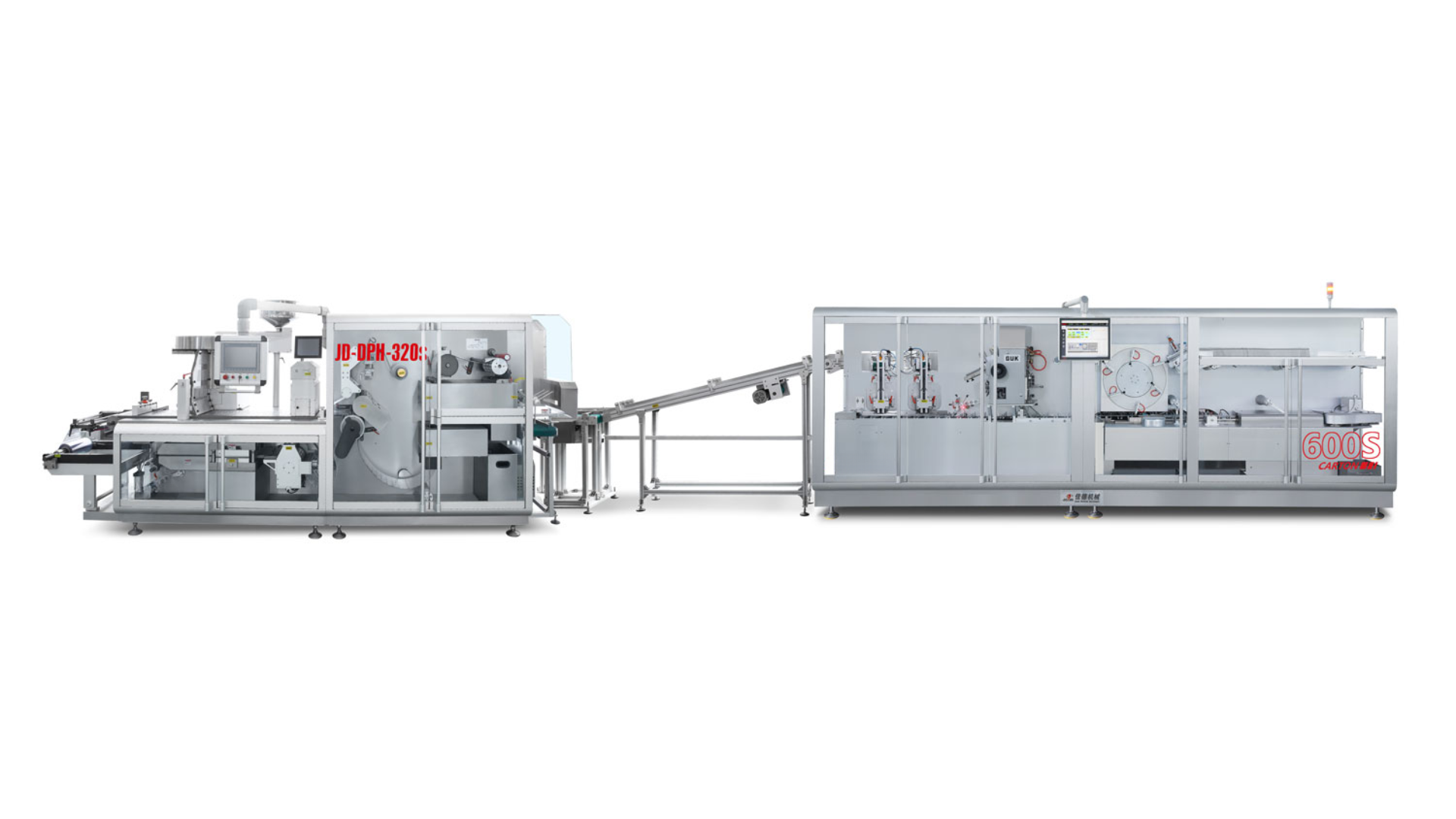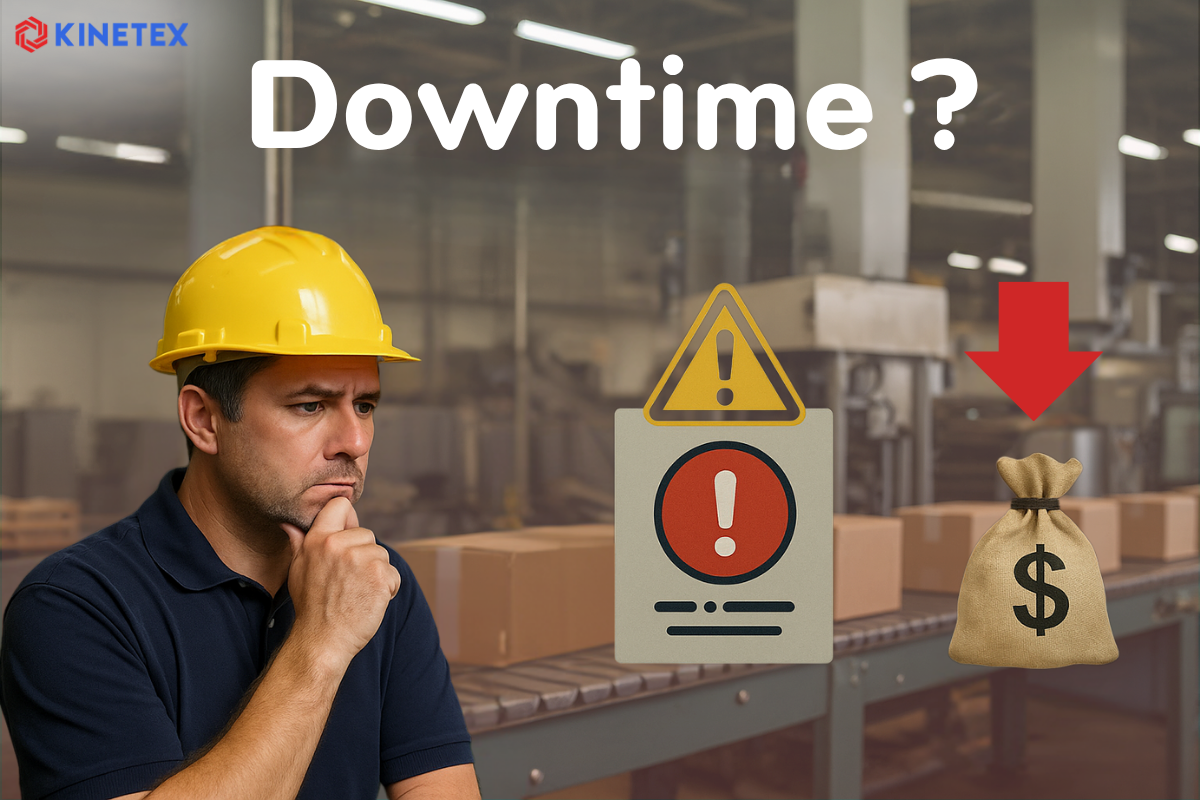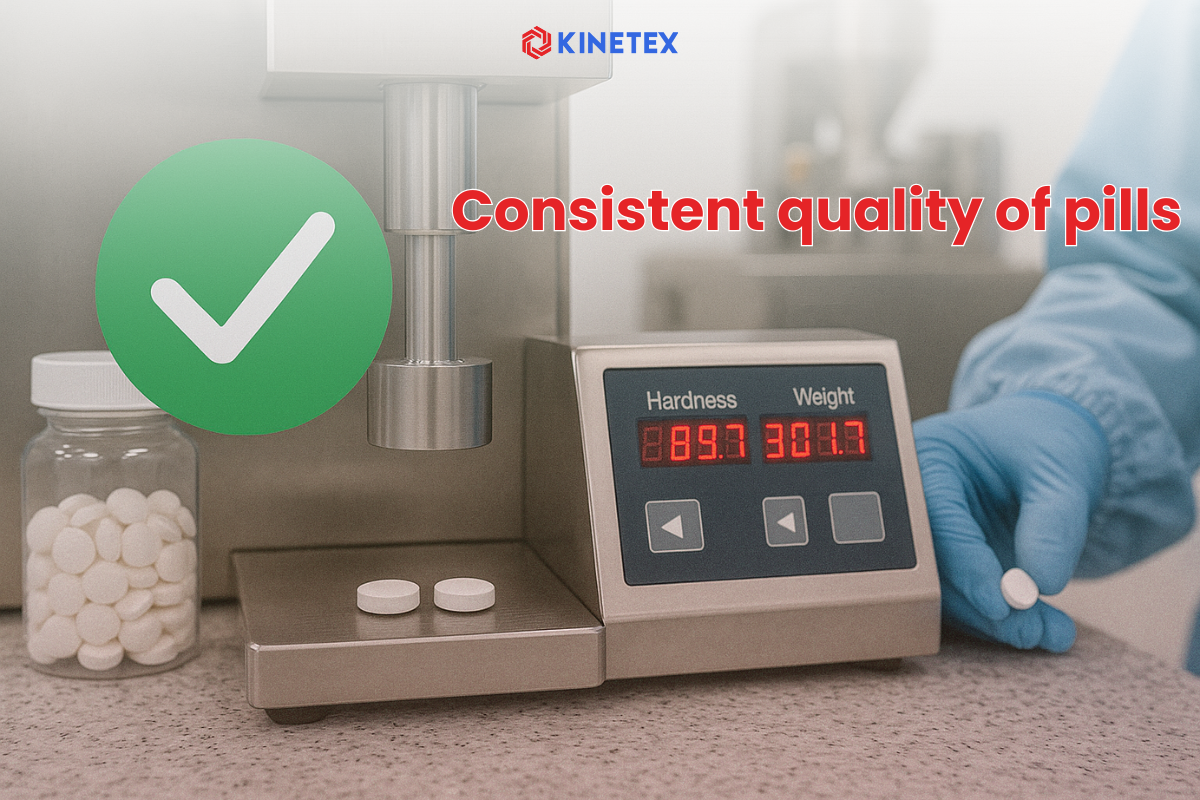Blister + Cartoning
Blister + Cartoning Application Details
JD-DPH-320s+JDZ-600s

JD-DPH-260/JDZ-450/JD-K760
Automatic Blister Packing/Cartoning/Film Bundling Production Line
Applications: Automatic blister packing/cartoning/film bundling production line intergrates the production of blister forming, filling, detection, sealing, cutting, blister cartoning, rejection, carton film bundling for pharmaceutical, food, medical apparatus, instruments, health care products, electronic components, etc.

JD-DPH-260/JDZ-260
Automatic Blister Packing/cartoning Production Line
Applications: It suitable for kinds of capsule, tablet, sugar-coated tablet, pill, abnormity tablet, chocolate bean, chewing gum and so on small food product blister packing and encasing

Industry Classification
Pharmaceutical Packaging
- Capsules
- Blisters and Cartridges
Food Packaging
Personal Care Packaging
Specialty Packaging
Advantages of our machines for Monoblock Machines packaging.
Seamless Synchronization
Fully servo-driven blister forming, filling, and cartoning processes ensure high-speed operation (up to 400 packs/min) with zero misalignment.
PLC-controlled coordination between blister sealing and carton loading eliminates bottlenecks.Smart Format Adjustment
Tool-free changeover for blister size and carton dimensions (supports 35–100mm carton widths).
AI-assisted parameter optimization reduces setup time by 50% compared to traditional systems.GMP-Compliant & Hygienic Design
Stainless steel contact surfaces and closed-loop cleaning system meet pharmaceutical and food-grade standards.
Modular construction allows for easy disinfection and maintenance.End-to-End Quality Control
Integrated vision inspection checks for missing tablets, sealing defects, and incorrect carton labeling.
Automatic rejection of non-compliant blisters or cartons before final packaging.Space-Saving & High Efficiency
Compact monoblock layout reduces floor space by 30% versus separate blister and cartoning machines.
Optional robotic loading for continuous production with minimal manual intervention.


